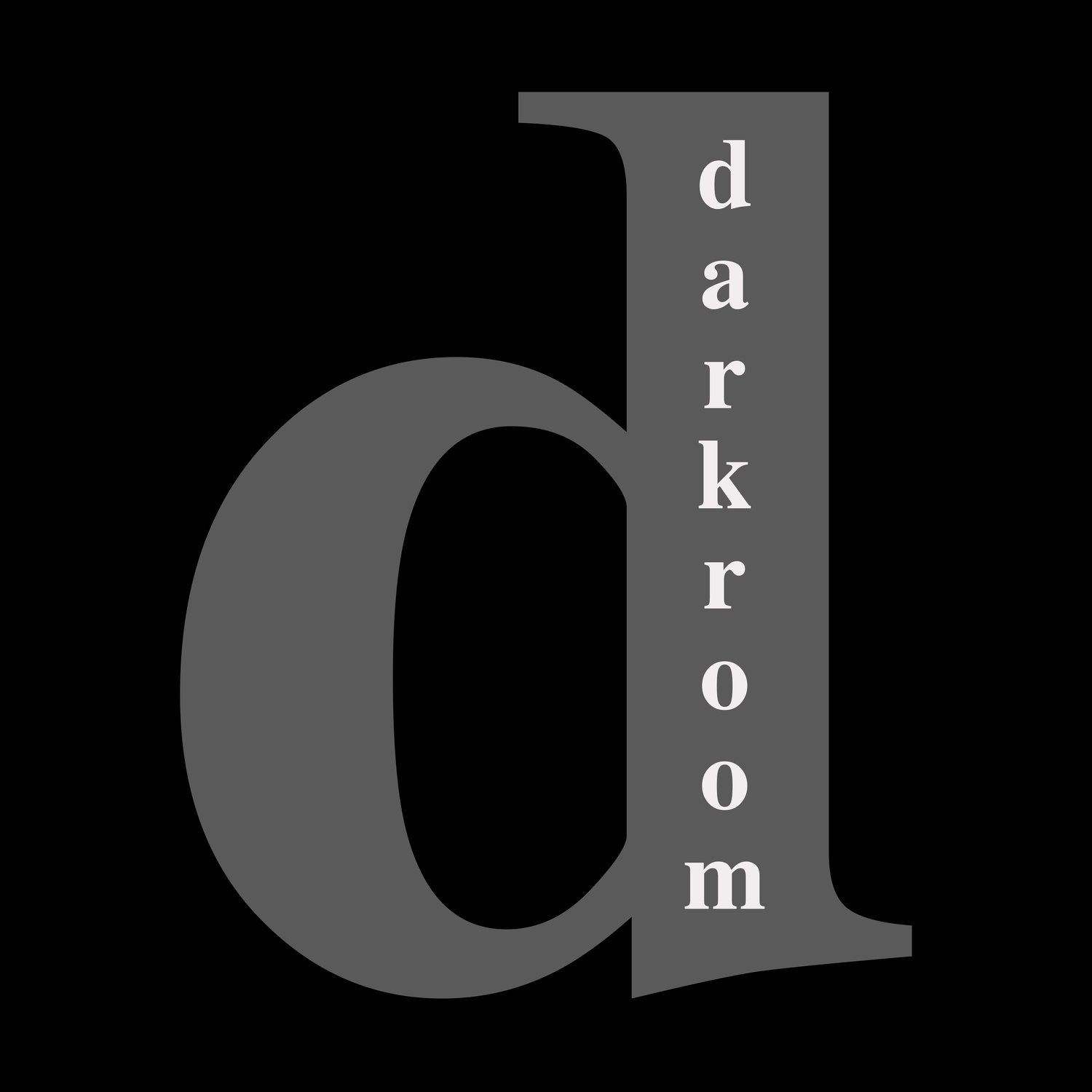Melissa Merryweather joined as a darkroom member last year and has been producing some astounding work.
Now she is about to have an exhibition in Vietnam.
How cool is that!
‘Empty House’
Noir Gallery
23 October – 06 November 2019
Public opening party: 23 October from 6.00pm
Ho Chi Minh City, the commercial hub of southern Vietnam, has experienced rapid change in the past two decades. The city added over 1 million people in the last decade, around 13% of the total population. Numerous other factors conspire to turn it into a vast web of construction sites, including increasing GDP, a retail revolution, investors eager to make money in a vibrant market, even increased flooding. Almost every street is a patchwork of old and new amid ongoing construction.
Social changes also play their part. Increasingly young married couples seek their own home. The days of entire extended families living in the same house is on the decline. Apartment blocks hurtle up where small clusters of single homes once stood. Home-owners treasured their relationship with both sky and ground, populating their roof terraces with a dense collection of potted palms, bougainvillea and jasmine in order to connect with nature but the faster pace of life makes this life-style less attractive.
In some cases, smaller plots remain at the terraced-house scale. Houses in Vietnam are rarely sold on a secondary market, and a new occupant of a plot of land will typically demolish the existing house and build anew. Smaller houses are demolished to be replaced with taller, more substantial houses as a family’s wealth increases.
This project re-presents the empty sites left after single family homes are demolished. The traditional “tube houses” occupy a very narrow plot, typically around 4 meters wide by up to 30 meters long. Historically in Vietnam, the urban house was really 2 or even 3 separate houses; one in front for commercial street presence and the more formal social spaces of the family, with the more day-to-day household areas to the rear, separated by a courtyard where cooking and domestic chores took place. The usual explanation for the narrow frontage was that the house was taxed based on its width but it is more likely that the width was simply more appropriate for earlier 1 to 2-storey houses and this persisted as cities grew. In modern times the courtyard filled in, its traces still seen in large winding central staircases capped with rooflights.
When empty, this deep and narrow plot forms a strongly perspectival space, recalling the forced perspective found in medieval drawings and paintings. Demolition leaves traces not just of the immediately previous occupancy, but often reveals a palimpsest of past iterations. The dream of the past mingles with the dreams of the future.
Process
The process for the black and white component of Empty House is complex, starting with a medium-format raw colour digital file which is converted to a black-and-white negative file. This is printed with a laser printer to make a full-size transparency and after undergoing several handcrafted process stages, is finally hand-printed by the artist with a method fusing traditional black and white printing from negatives, and photogram printing (an early technique of creating a photograph without the need for a camera). There is no digital processing applied except for the conversion from colour to black and white. The hand process is unpredictable. Each print is completely unique, since the transparencies are extremely fragile and only retain a recognisable image for a few days. The printing process creates a high proportion of failed prints. For this reason the number of final prints will be limited to 3 (non-identical) prints of each site.
In contrast, the larger digital colour prints follow a standard printing process. These prints capture details of houses mid-demolition, retaining the architectural elements of window, wall, doorway, but no longer functioning as a space for human occupation. The state of in-between-ness is captured; not one thing, and yet not another.
For further enquiries, please contact Pham Tuan Ngoc on 0936310812
199bis Nguyen Van Huong, Thao Dien, District 2, Ho Chi Minh City, Vietnam
Notes on the Artist:
Melissa Merryweather (b.1961) is a sustainable building expert and photographer based in Ho Chi Minh City, Vietnam and London, United Kingdom. Her photographic work focuses on change in the urban context.









